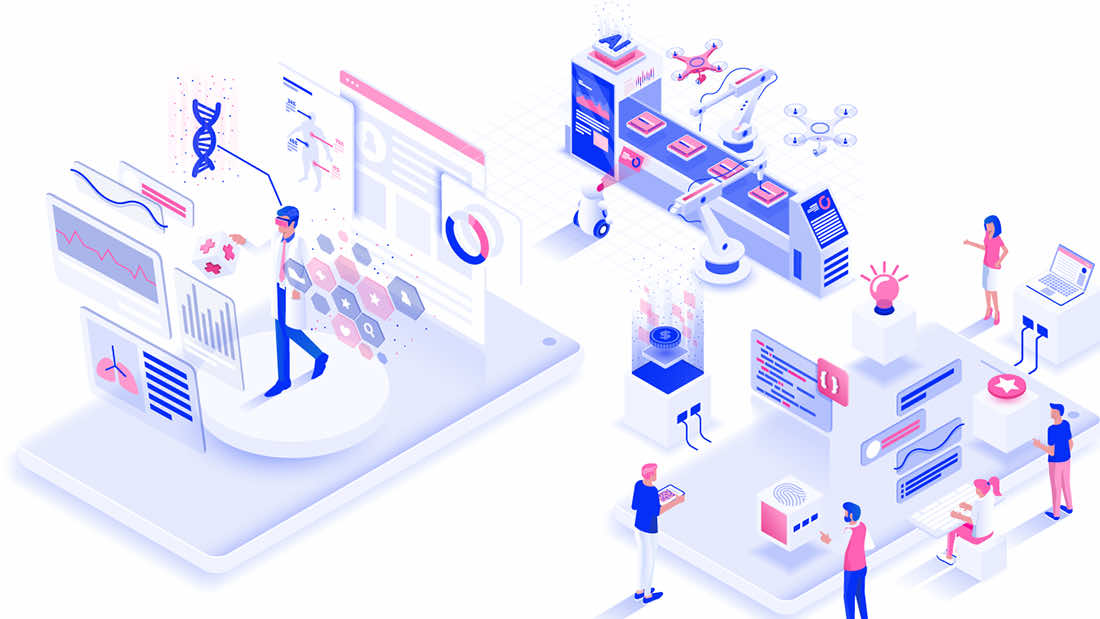- Jordan remains one of the top recipients of U.S. foreign aid, receiving $4.4 billion between 2023-2025.
- A significant reduction in 2025 funding ($930 million) raises concerns over economic and regional stability.
- The primary allocation of aid to government and civil society ($706.4 million in 2025) highlights Jordan’s priority areas.
- U.S. aid cuts could impact Jordan’s governance, security, and humanitarian capabilities.
Jordan has consistently ranked as one of the top recipients of U.S. foreign aid, reflecting its strategic significance in the Middle East. Between 2023 and 2025, the country is set to receive approximately $4.4 billion in aid, positioning it as the second-highest beneficiary after Ukraine. However, a noticeable reduction in funding for 2025 raises concerns about the broader implications for Jordan’s governance, stability, and regional influence.
Jordan’s U.S. Foreign Aid Trends: Budget Stability vs. 2025 Reductions
Jordan’s U.S. foreign aid allocation has remained relatively stable in recent years, making it one of the top Middle Eastern countries benefiting from U.S. assistance. With $1.7 billion allocated in 2023 and $1.8 billion in 2024, Jordan maintained steady funding. However, in 2025, this figure is expected to drop to $930 million—nearly half of the previous year’s funding. This decline signals a shift in U.S. foreign policy priorities, possibly in response to global geopolitical shifts or domestic budget adjustments.
Despite this reduction, Jordan continues to prioritize governance and civil society development, with $706.4 million allocated to these sectors in 2025. This commitment underscores the importance of institutional stability, economic resilience, and social services in ensuring Jordan’s long-term development.
Study on U.S. Aid Cuts and Their Impact on Jordan
A recent study analyzing over 20 recipient nations assessed the impact of potential U.S. foreign aid cuts, particularly under the policy framework proposed by the Trump administration. The study, based on data from the U.S. Agency for International Development (USAID), examined the total aid allocations from 2023 to 2025 and identified sectors requiring the most financial support in the coming years.

Jordan’s high ranking among recipient nations highlights its reliance on sustained external support. While the study emphasizes the overall aid distribution, it also raises concerns about the potential consequences of sudden or significant reductions, particularly in government funding, humanitarian aid, and civil infrastructure projects.
How U.S. Aid Cuts Impact Jordan’s Stability, Economy, and Governance
The potential consequences of U.S. aid reductions for Jordan could be profound. As a country that plays a critical role in Middle Eastern stability, Jordan relies on foreign assistance to maintain its institutional frameworks, social services, and economic stability. The 2025 funding cut raises questions about the country’s ability to sustain its current development trajectory.
- Government and Civil Society Strengthening: The $706.4 million allocated to this sector in 2025 demonstrates the importance of institutional development. Any reduction in this funding could weaken governance structures, reduce public service efficiency, and slow reform efforts.
- Regional Stability Concerns: Jordan serves as a buffer zone in a volatile region, hosting refugees and contributing to regional security efforts. A drop in aid could strain resources and limit the government’s ability to address humanitarian challenges.
- Economic and Social Services Impact: U.S. foreign aid supports key social programs, including education, healthcare, and employment initiatives. Funding cuts could lead to reduced public services and heightened economic challenges, particularly in underprivileged communities.
As U.S. foreign aid priorities evolve, Jordan’s ability to adapt and secure alternative financial support will be crucial in maintaining its regional stability and economic resilience. Policymakers and stakeholders must navigate these changes carefully to ensure continued progress.




















